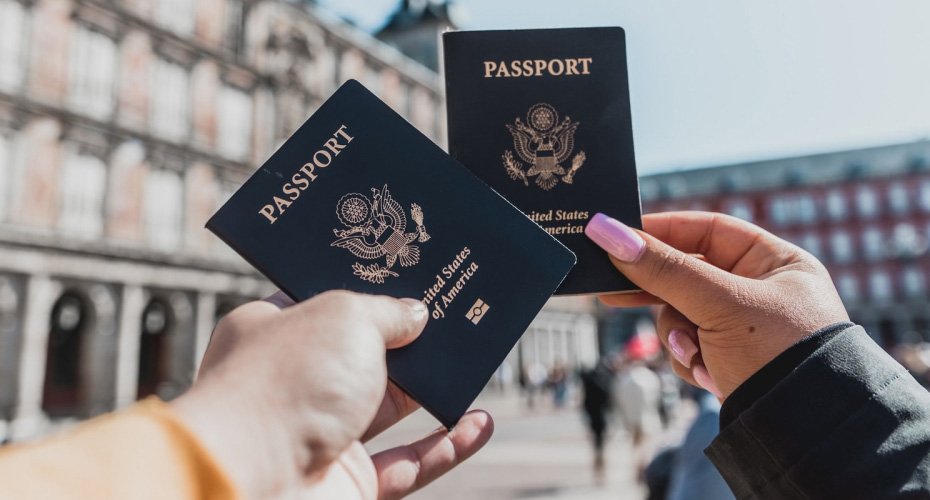n this age of digital technology, where GPS and navigation apps have become the norm, there’s a certain charm and sense of adventure in navigating the world with a good old-fashioned paper map. Traveling with a paper map not only adds a nostalgic touch to your journey but also serves as a reliable backup when electronic devices fail or when you want to disconnect from the digital world. In this guide, we’ll explore the art of traveling with paper maps and how to make the most of this timeless navigation tool.
- Choose the Right Map:
When planning your trip, invest in a detailed, up-to-date paper map. Opt for maps that cover the specific areas you’ll be visiting, and consider topographic maps if you’ll be venturing into nature. National Geographic, Rand McNally, and local tourist information centers are good sources for quality paper maps. - Familiarize Yourself with Map Symbols:
Understanding map symbols is crucial for effective navigation. Learn to identify key symbols for landmarks, roads, trails, and geographical features. Legend or key usually found on the map will provide valuable information about the symbols used. - Map Reading Basics:
Get acquainted with basic map-reading skills. Learn how to read contour lines, understand scale, and interpret latitude and longitude. This knowledge will empower you to navigate confidently and make informed decisions on the road. - Mark Your Route:
Before you hit the road, use a highlighter or pencil to mark your intended route on the map. Highlight key points of interest, stops, and potential detours. This not only helps in visualizing your journey but also serves as a quick reference while on the move. - Packaging and Protection:
Paper maps are susceptible to wear and tear, especially when exposed to the elements. Consider laminating your map or using a waterproof map case to protect it from rain, spills, and general wear. A durable map will serve you well throughout your travels. - Complement with a Compass:
While GPS devices are fantastic tools, a compass can be an invaluable companion when using a paper map. Learn how to use a compass to orient yourself and determine directions, providing an extra layer of navigation security. - Practice Navigation Skills:
Take the time to practice your navigation skills in a familiar area before embarking on a major journey. This allows you to become comfortable with map reading and builds confidence in your ability to navigate successfully. - Ask Locals for Input:
Don’t hesitate to ask locals for advice or clarification if you find yourself at a crossroads. They often have valuable insights and might provide information that’s not on the map. - Digital Backup:
While the focus here is on paper maps, it’s wise to carry a backup digital map on your smartphone or GPS device. This ensures that you have a reliable alternative in case of unexpected challenges. - Enjoy the Journey:
Embrace the slower pace and tactile experience of navigating with a paper map. Allow yourself to get lost occasionally – it often leads to unexpected discoveries and memorable experiences.
Conclusion:
Traveling with a paper map is not just a practical skill; it’s a way to connect with the world in a more tangible and mindful manner. As you embark on your next adventure, consider leaving the digital realm behind, if only for a moment, and let the rustling of paper and the unfolding of maps guide you through the wonders of the world. Happy travels!



